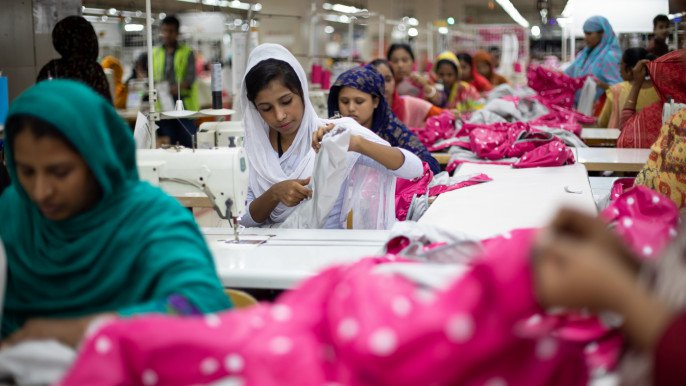Published in The Economic Times on April 01, 2018

NEW DELHI: Textile and garment exports are likely to miss the USD 45 billion target for 2017-18, as the industry reels under the impact of GST roll out and tariff advantages enjoyed by competitors like Bangladesh and Vietnam, according to textile industry body CITI.
“At best, we will come close to USD 40 billion,” CITI (Confederation of Indian Textile Industry) President Sanjay Jain told , terming it a “disappointing year”.
In fact, shipments from the textile and clothing sector have consistently missed annual targets set by the government in at least the previous three financial years, since 2014-15.
Analysis of data put out by the DGCIS (Directorate General of Commercial Intelligence and Statistics) under the commerce ministry, reveals the true picture of shipments from the sector.
During the April-February 2017-18, exports of readymade garments of all textiles stood at Rs 97,983.99 crore, registering a 6.25 per cent decline over the same period last year. In February alone, shipments witnessed a steep 13.86 per cent fall.
In dollar terms, the country’s textile and apparel exports stood at USD 37.25 billion in the calendar year 2017.
According to Jain, the domestic textiles and apparel industry faces a big threat from rising imports due to the removal of countervailing duty and special additional duty in the Goods and Services Tax (GST) regime.
“Although these duties have been replaced by IGST, the fact that an importer can adjust them as per his tax liability has led to a 15-16 per cent downfall in the import protection enjoyed by the domestic industry earlier,” the CITI chief points out.
He noted that the steep up-trend in imports will only worsen the situation going forward, observing that a worrying factor is the backdoor entry of Chinese fabrics into the Indian market via Bangladesh.
Textile industry experts feel another negative factor is that the effective duty drawback, whether it is the remission of state levies (RoSL) or the Merchandise Exports from India Scheme (MEIS) which allows duty credit scrips as rewards, has come down for the sector post implementation of GST, thereby hitting export margins.
“Although the RoSL and MEIS rates were tweaked late last year, however, a 2 per cent gap still exists, which is crucial in a single digit margin industry,” Jain noted.
Moreover, he says, the refunds are getting delayed or blocked whereas the rebate under RoSL has only come through till May-June last year, and the financial crunch is taking a toll on the capital intensive industry.
Signing free trade pacts with major markets like the European Union, US, Canada and Britain can equalise market access positions with key competitors like Bangladesh and Vietnam. Bangladesh has zero duty access to EU, whereas Vietnam is on its way to acquire duty free acces is given to Vietnam.
This has led to large capacity expansion in yarn manufacturing in Vietnam, which has surpassed India to become the largest supplier of cotton yarn to China.
As a result, India’s cotton yarn exports to China have decreased by 49 per cent during 2013-14 and 2016-17, while Vietnam’s exports of cotton yarn to China have increased by 88 per cent during the same period.
The CITI chief also highlighted the need to have a comprehensive national and state coordination committee to streamline the policies of the Centre and states, and bridge any gaps in communication.
 CPD RMG Study Stitching a better future for Bangladesh
CPD RMG Study Stitching a better future for Bangladesh



